Uncategorized
-
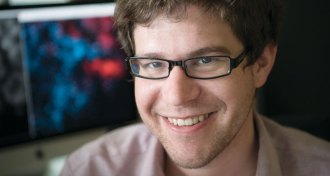 Neuroscience
NeuroscienceJeremy Freeman seeks to simplify complex brain science
As a group leader at the Janelia Research Campus, Jeremy Freeman is equal parts neuroscientist, computer coder and data visualization whiz.
-
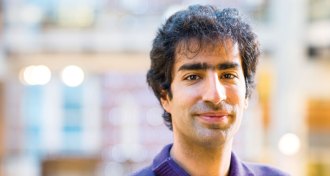 Computing
ComputingShayan Oveis Gharan finds the shortest route to success
Theoretical computer scientist Shayan Oveis Gharan has identified connections between unrelated fields to tackle the traveling salesman problem.
-
 Oceans
OceansMelissa Omand’s clever tech follows the fate of ocean carbon
Drawn to the water early, oceanographer Melissa Omand now leads research cruises studying how carbon and nutrients move through the seas.
-
 Physics
PhysicsTenio Popmintchev fits X-ray laser on a tabletop
Laser physicist Tenio Popmintchev has created a Swiss-army-knife tool made of light.
-
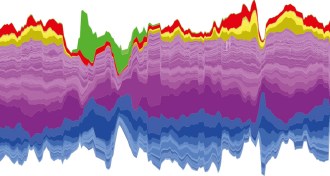 Life
LifeHow one scientist’s gut microbes changed over a year
Computational biologist Lawrence David chronicled changes in his gut microbes for a year.
-
 Cosmology
CosmologyA cosmic quandary, risks of hatching early and more reader feedback
The cosmos, tadpole escape artists, vehicle collisions and more in reader feedback.
-
 Ecosystems
EcosystemsShrinking sea ice threatens natural highways for caribou, plants
As Arctic sea ice declines, Peary caribou or plants risk getting stranded when their frozen highways thaw.
By Susan Milius -
 Health & Medicine
Health & MedicineActivity trackers fall short in weight-loss trial
In a two-year study, wearable activity monitors didn’t help young adults lose more weight.
-
 Astronomy
AstronomyThe sun isn’t the only light source behind that summer tan
About 99.999% of the light that creates a suntan comes from the sun; the rest comes from the Big Bang and galaxies throughout the universe.
-
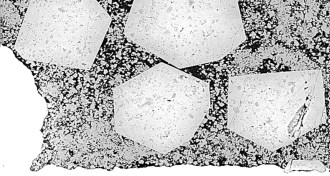 Earth
EarthPrimordial continental crust re‑created in lab
Compressing rocks from an ocean plateau at high temperatures and pressures re-creates the formation of Earth’s first continental crust.
-
 Plants
Plants‘The Long, Long Life of Trees’ takes readers on a walk in the woods
The Long, Long Life of Trees explores the scientific, historical and cultural significance of apple, birch, elm and 14 other kinds of trees.
By Sid Perkins -
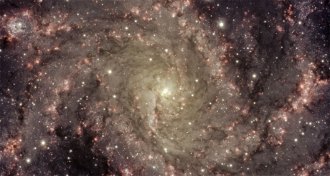 Astronomy
AstronomyVanished star may be first known failed supernova
A star that vanished in another galaxy might be the first confirmed case of a failed supernova — and the birth of a black hole.